Just because temperatures are soaring, it doesn't mean we have to cancel our workouts. It's still possible to get a safe and effective workout in the heat as long as you take a few precautions. You may have to alter your routine a little bit or choose a different workout structure, but you'll still be able to train and get results. Let's discuss how to workout when it's hot outside.
You may also wish to consider your workout outfit when the temperatures are high. Compression shirts, long workout pants, hats and other articles of clothing may keep you comfortable most of the year, but they may be harmful in intense heat.
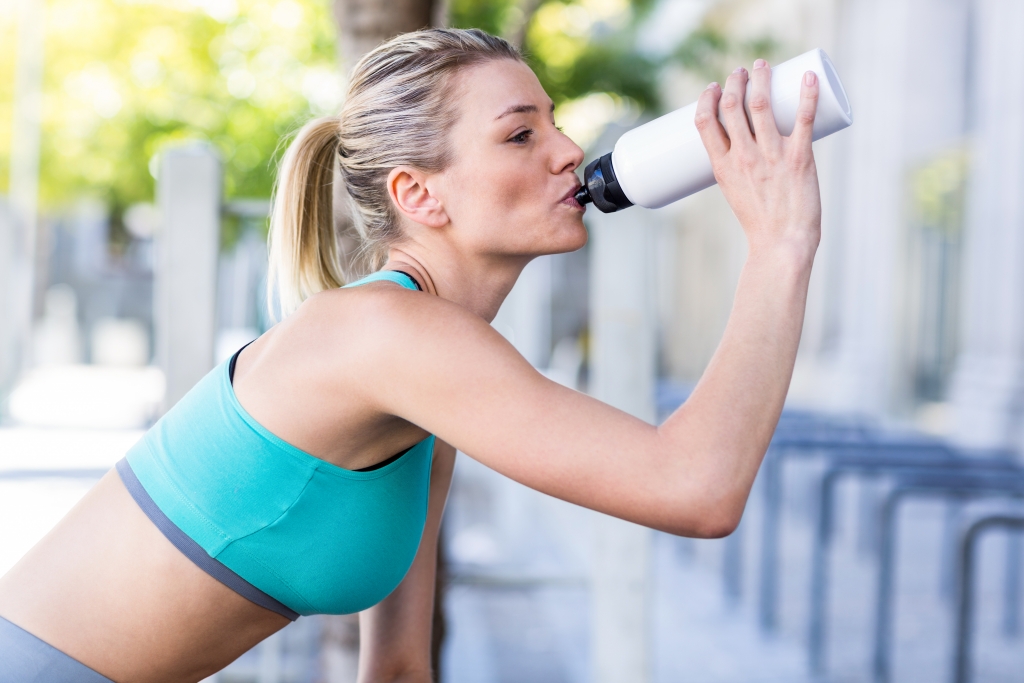
You usually sweat when you work out, and you'll probably sweat even more during a workout when it's hot out. As you sweat you lose water and risk dehydration, and the heat greatly increases your risk of health issues caused by a loss of fluids.
Hydration becomes vital if you plan on working out in the heat, so how exactly can we hydrate properly?
You may be tempted to drink more water before, during and after an intense summer workout, but drinking too much water can be dangerous. As you sweat, you lose sodium. Sodium is the mineral the helps your body store and use fluids, and without it, your body won't be able to utilize the water you've been drinking.
This can result in fatigue, excess urination and increased sweating. All of these things threaten the effectiveness of your workout and can lead to a potentially deadly condition known as hyponatremia.
Hyponatremia occurs when your body can no longer properly use the water you consume. Since water doesn't contain any natural sodium, you may wish to add a TAPOUT Performance Hydration and Recovery Drink to your routine before and after any workout. Even if you don't already drink TAPOUT, it can help make the water you drink much more effective.
Workouts in the heat may also sap your energy levels, that's why TAPOUT Citrus contains 30 grams of carbohydrates to give your body the energy it needs in order to perform and recover. If you're interested in a low-calorie, zero-sugar option TAPOUT Cherry Lemonade contains the same amount of sodium, minerals and vitamins as our original flavor.
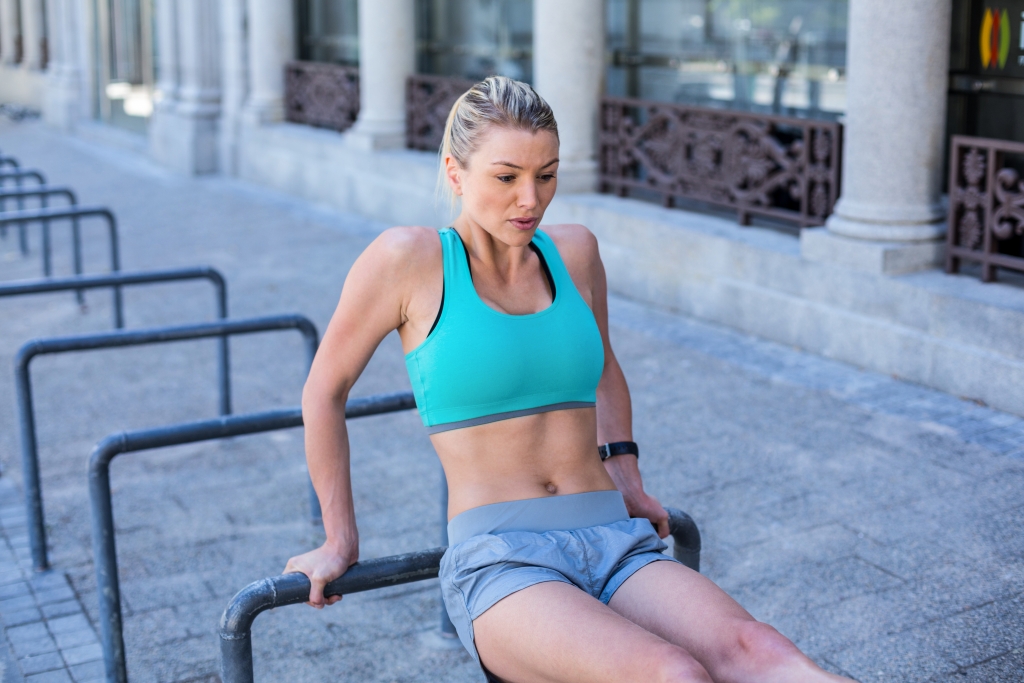
Sodium isn't the only thing you lose when you sweat. You'll also sweat out electrolytes and vitamins. These vitamins and minerals cannot be replaced by water, and TAPOUT Performance Hydration and Recovery drinks contain all four of the essential electrolytes your body needs. Let's take a quick look at these electrolytes and what they do for your body during and after a workout.
Potassium carries nutrients to the cells in your muscles, reducing the risk of strain and promoting healthy recovery. It's also been linked to healthy blood pressure regulation and overall hearth health.
Magnesium provides oxygen to the muscles for a performance boost. The more you sweat the more risk you have of reduced performance due to a magnesium deficiency.
Calcium has been shown to reduce the wear and tear on your bones during a workout and help build muscle post-workout during your body's recovery process.
Chloride works with the other three electrolytes and sodium to maintain your fluid balance and has other properties that help your body perform and recover.

You'll also lose vitamins when you sweat, and that can degrade mental performance and cause lapses in judgment while exercising in extreme heat. TAPOUT has you covered by providing:
- Vitamin A
- Vitamin C
- Vitamin E
- Vitamins B2, B3, B5, B6 and B12
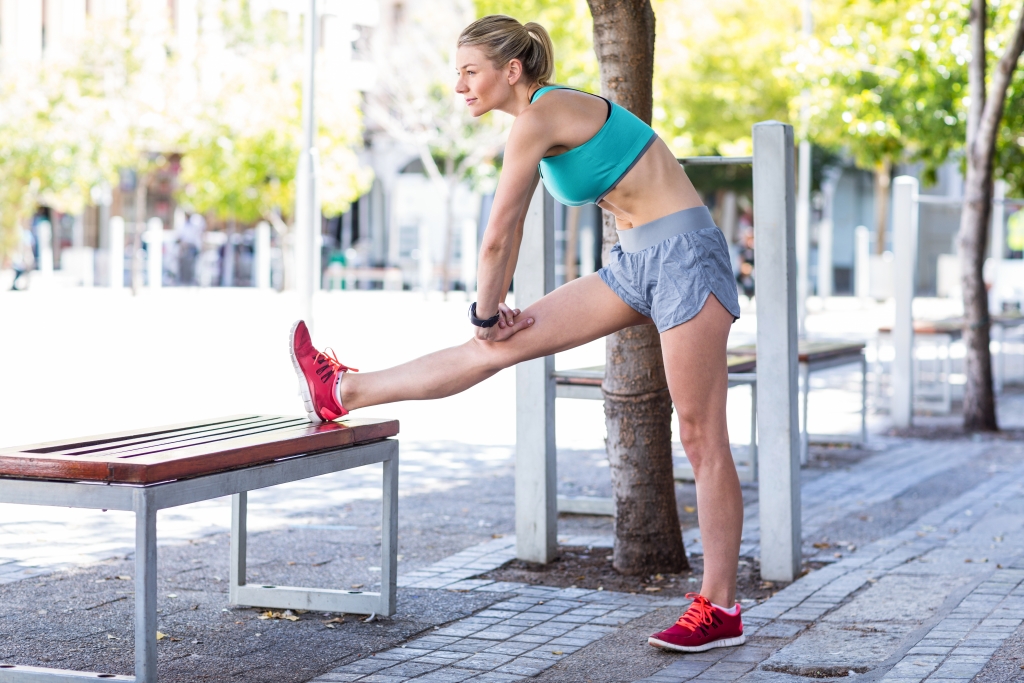
If it's extremely hot, you may want to consider reducing the length of your workouts or reducing their intensity. A long, intense workout in the sun can sap your fluids, vitamins and minerals faster than you can replenish them causing a reduction in effectiveness and increase the chance of health issues.
If you notice that you're dehydrating no matter what you do to try to stay properly hydrated, your workout may be too long or too intense for the conditions. Being aware of dehydration symptoms can help you decide whether or not you should shorten workout times. Symptoms include:
- Excessive thirst
- Headaches and dizziness
- Reduced motor control
- Rapid heartbeat
- Confusion
If you simply can't reduce your workout times, try getting out for exercise at cooler hours of the day like early morning or late evening.
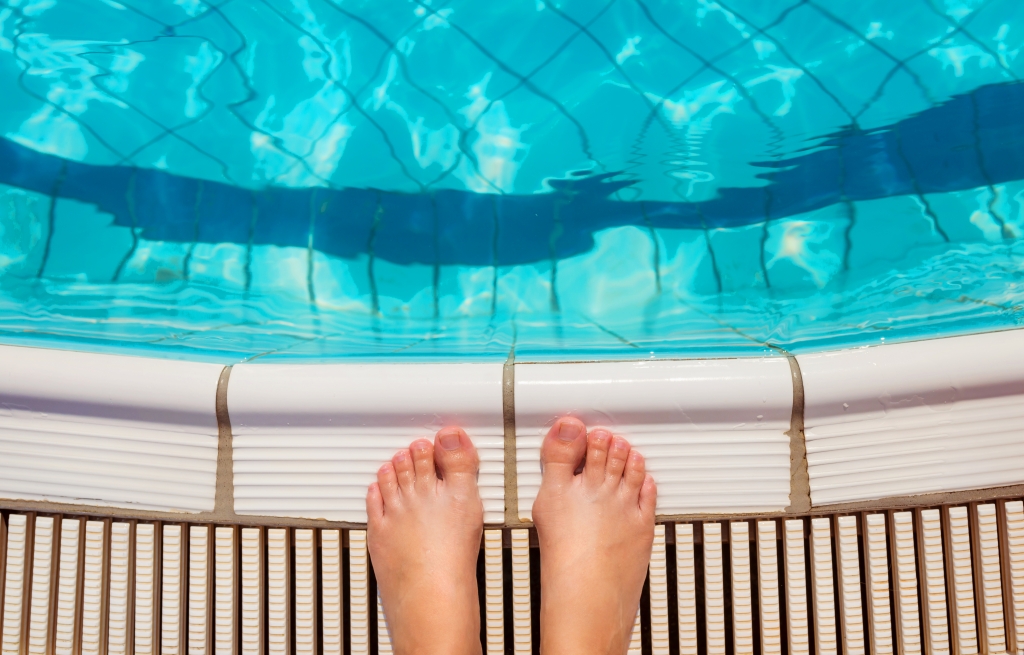
Taking up swimming can be a great replacement for your normal routine on the hottest days of the year. Swimming is low impact, but also provides a great aerobic workout.
Heading to the pool also gives you the opportunity to train in environmentally controlled conditions. The water temperature in pools can be kept at reasonable levels, and air conditioning systems prevent the excess heat from the outside world from invading the pool area.
If you don't normally swim, this can be a great time to give your muscles a different type of workout. Not only will you be beating the heat, but you'll be training parts of your body that may not be targeted during your normal routine.
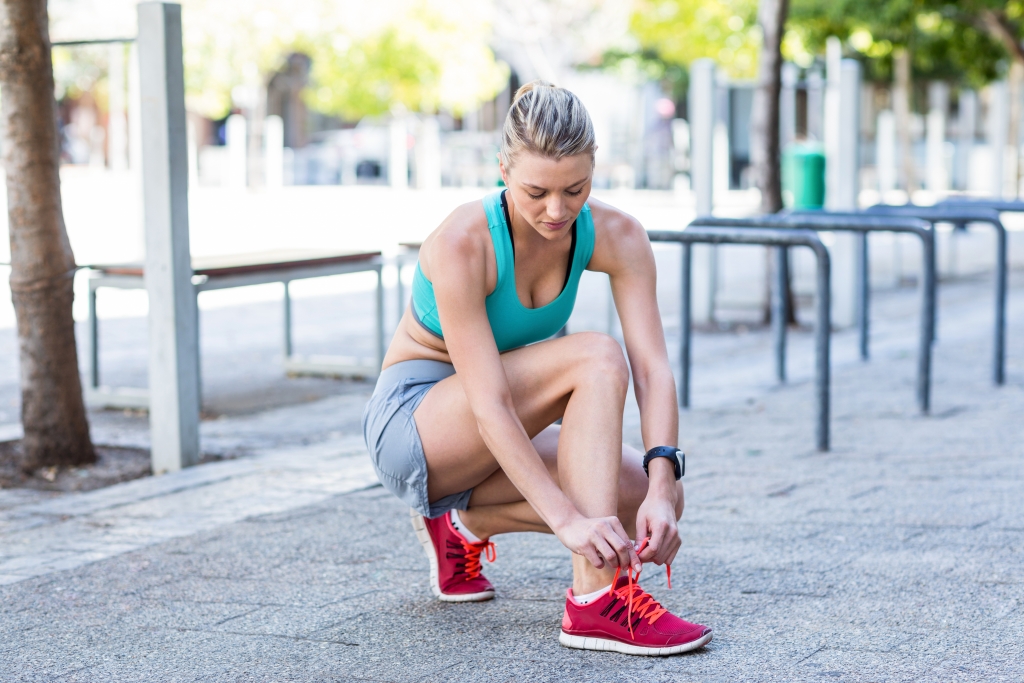
If you work out with excess clothing, you run the risk of interfering with your body's efforts to transfer heat. If your body cannot properly transfer heat due to your clothing, your body temperature may rise without your being aware it's happening. This creates an elevated risk of dehydration and other negative side-effects of a raised blood temperature.
